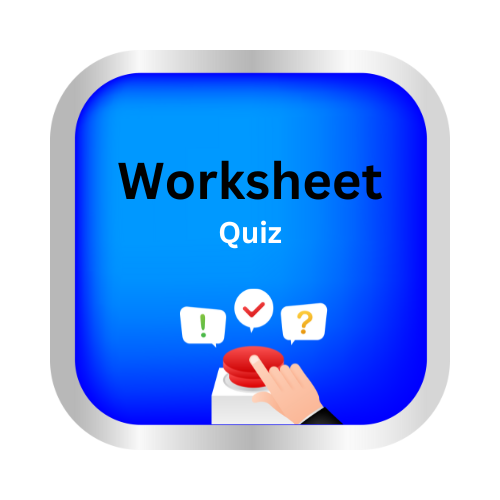Understanding exponents
Key notes:
Definition of Exponents:
Explain that exponents represent repeated multiplication. For instance, ana^nan means aaa multiplied by itself nnn times.
Basic Exponent Rules:
- Multiplication Rule: am × an = am+n
- Division Rule: am/an = am−n
- Power of a Power: (am)n = am⋅n
Negative Exponents:
Introduce the concept that a−n is 1/an. Explain why negative exponents result in fractions.
Zero Exponent:
Discuss why a0 = 1, emphasizing the rule and its applications.
Exponentiation of Zero and One:
Cover 0n = 0 (except 00) and 1n = 1.
Exponential Notation:
Teach how to convert between exponential notation and standard notation (e.g., 103 = 1000).
Application in Real-Life Scenarios:
Provide examples where exponents are used in real-world contexts, such as compound interest, scientific notation, and geometric sequences.
An exponent tells you how many times to use the base as a factor.
For example:
82 = 8 . 8
83 = 8 . 8 . 8
84 = 8 . 8 . 8 . 8
85 = 8 . 8 . 8 . 8 . 8
An exponent tells you how many times to use the base as a factor.
For example:
42 = 4 . 4
43 = 4 . 4 . 4
44 = 4 . 4 . 4 . 4
45 = 4 . 4 . 4 . 4 . 4
Learn with an example
🎯 Write the expression using an exponent.
3 . 3
3 is used as a factor 2 times, so the base is 3 and the exponent is 2.
3 . 3 = 32
🎯 Write the expression using an exponent.
2 . 2
2 is used as a factor 2 times, so the base is 2 and the exponent is 2.
2 . 2 = 22
🎯 Write the expression using an exponent.
7 . 7
7 is used as a factor 2 times, so the base is 7 and the exponent is 2.
7 . 7 = 72
let’s practice! 🖊️

